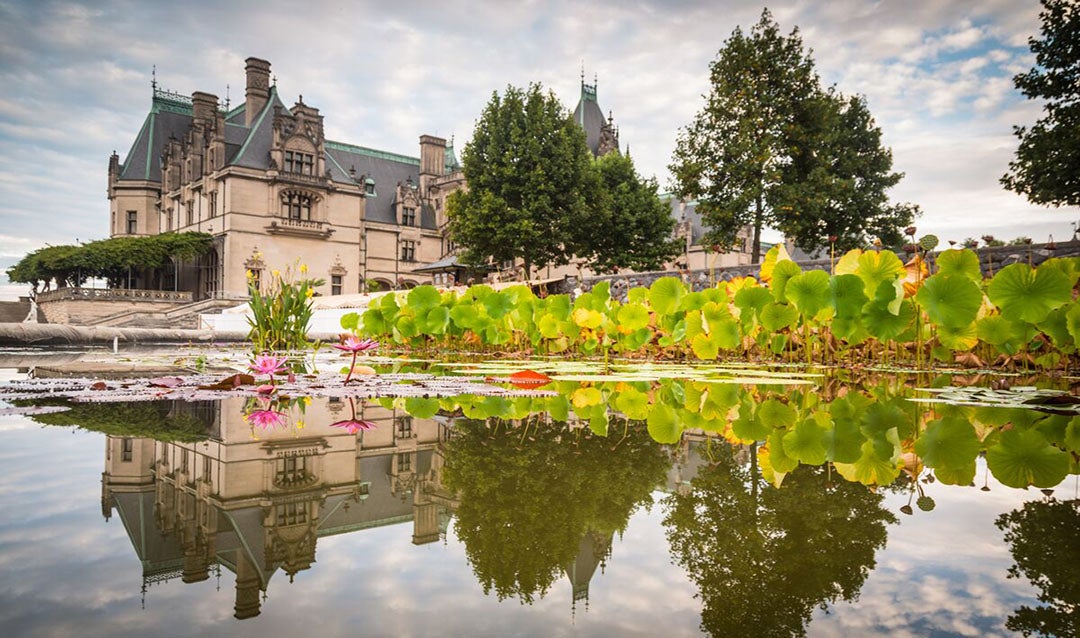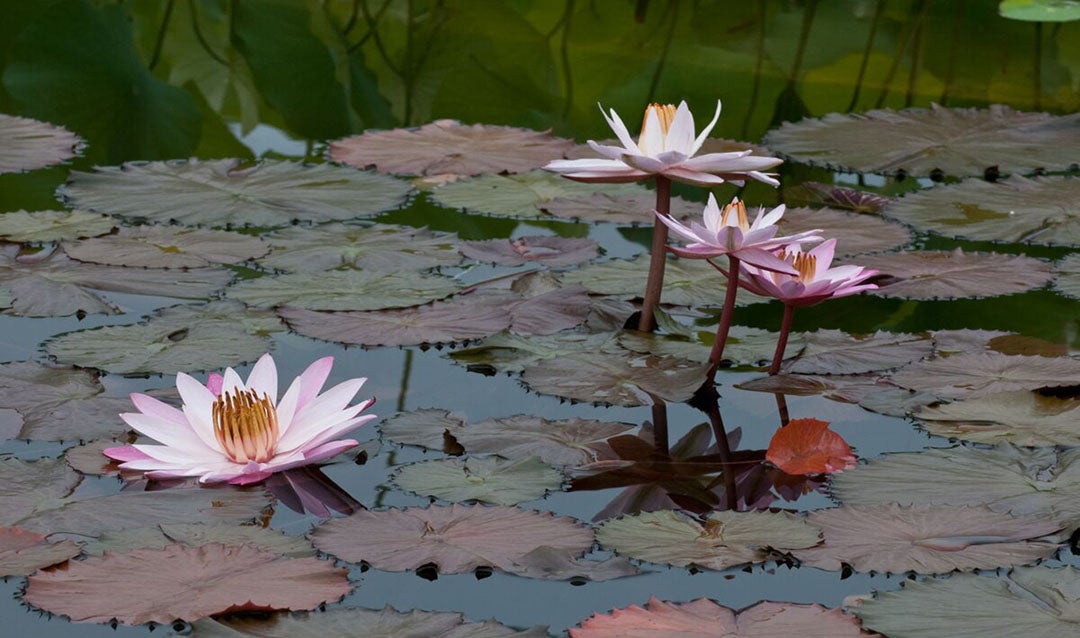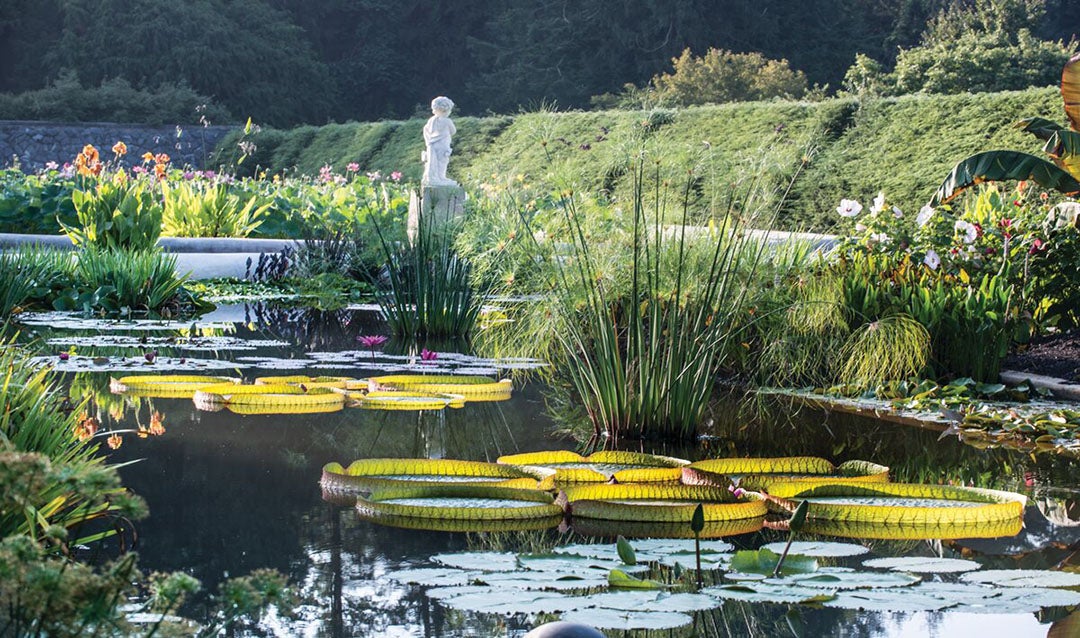From formal dances and masquerade balls to light-hearted garden parties on the lawn, celebrations at Biltmore House were always held in style.
Ready to host your own elegant soiree or homespun hoe-down? Here are our top picks to make your party preparations easier and your event memorable:

1. Choose a theme
The easiest way to kick-off your party prep is to choose a theme. Be inspired by the life and times of Cornelia Vanderbilt who grew up in the Jazz Age and consider a 1920s era Gatsby Party or a Downton Abbey-style garden party or festive tea.
2. Color palette
Just as brides select wedding colors to help keep things coordinated and under control, a pair of pretty colors will make some of your choices easier. For example, we love the fresh look of green and yellow together for a summer-themed party.
3. Party favors
Get creative! Add a meaningful quote to a print you love and roll it up gently, like a scroll, and tie with a pretty ribbon. Your guests can frame them for display in their home or office as a reminder of a wonderful gathering with friends and family.
4. Make it memorable
Offer one or two truly distinctive elements that get people excited and keep them talking about your party. Ideas include renting a Photo Booth to preserve all those fun faces or providing old-fashioned lawn games to fire up a competitive spirit.
 5. Do it differently
5. Do it differently
Use your garden statuary as a stunning centerpiece or use your birdbath as a temporary wine chiller. Our Hospitality Pineapple is the age-old symbol of hospitality and our Ramp Douce Tortoise is inspired by the stone turtles at the terraced stairway at Biltmore.
 6. Take it outside
6. Take it outside
Make a statement by moving some of your favorite furniture pieces outside, like we've done with our Beverage Cart. It will really change the “landscape” of your yard or garden and surprise your guests. Also, don’t limit yourself to paper and plastic just because you’re in the yard—enjoy your pretty serveware outside, too.
7. Simple & Personal
To keep the party prep simple while still adding your personal touch, consider easy additions to something you pick up ready-made—like fresh fruit for the sorbet or crushed candy bars as an ice cream topping.

Here’s a summer party idea we love: turn plain iced tea into a refreshing Southern Raspberry Iced Tea!
Click here to discover more Biltmore For Your Home products.
Here's to a great party!
12x8.jpg&fid=385&d=82304) Tropical plants and palms figure heavily into the mix to create the effect, and relate closely to what Biltmore’s original landscape architect, Frederick Law Olmsted, envisioned. His plan called for Biltmore’s summertime gardens to mix tropical elements into manicured areas, as was the style in the late 1890s. Biltmore's horticulture team works diligently to stay true to that vision. We asked Parker Andes, director of that team, to share some fun tidbits about the gardens this year, and what it takes to insure Olmsted's ideas are alive and well on the estate.
Tropical plants and palms figure heavily into the mix to create the effect, and relate closely to what Biltmore’s original landscape architect, Frederick Law Olmsted, envisioned. His plan called for Biltmore’s summertime gardens to mix tropical elements into manicured areas, as was the style in the late 1890s. Biltmore's horticulture team works diligently to stay true to that vision. We asked Parker Andes, director of that team, to share some fun tidbits about the gardens this year, and what it takes to insure Olmsted's ideas are alive and well on the estate.  “Miracle On The Hudson,” bred by Neal Rippetoe of California, winner George & Edith Vanderbilt Award for Most Outstanding Rose Of The Trials (Best in Show); Chauncey Beadle Award for Best Shrub Rose; William Cecil Award for Best Growth Habit; and Lord Burleigh Award for Most Disease Resistant. Available through Roses Unlimited.
“Miracle On The Hudson,” bred by Neal Rippetoe of California, winner George & Edith Vanderbilt Award for Most Outstanding Rose Of The Trials (Best in Show); Chauncey Beadle Award for Best Shrub Rose; William Cecil Award for Best Growth Habit; and Lord Burleigh Award for Most Disease Resistant. Available through Roses Unlimited.  Award of Excellence For Best Established Rose
Award of Excellence For Best Established Rose Frederick Law Olmsted Award for Best Groundcover
Frederick Law Olmsted Award for Best Groundcover Edith Wharton Award for Best Floribunda
Edith Wharton Award for Best Floribunda The Honorable John Cecil Award for Open Group
The Honorable John Cecil Award for Open Group Gilded Age Award for Best Climber
Gilded Age Award for Best Climber Pauline Merrell Award for Best Hybrid Tea
Pauline Merrell Award for Best Hybrid Tea Cornelia Vanderbilt Cecil Award for Most Fragrant Rose
Cornelia Vanderbilt Cecil Award for Most Fragrant Rose For a more informal look, consider forcing flowering spring branches—here are some easy tips to help you “branch out” on your schedule rather than waiting for Mother Nature to do it for you!
For a more informal look, consider forcing flowering spring branches—here are some easy tips to help you “branch out” on your schedule rather than waiting for Mother Nature to do it for you!
 Tip: Containers are suitable for indoor and outdoor use and are perfect for table-top arrangements and container plantings.
Tip: Containers are suitable for indoor and outdoor use and are perfect for table-top arrangements and container plantings. The transition is quite deliberate, and is based upon George Vanderbilt’s original vision for the Conservatory. In the late 1800s, vast glass structures like Biltmore’s Conservatory were the ultimate statement of luxurious living, exhibiting hundreds of blooming flowers, exotic plants, and delicate orchids in abundance.
The transition is quite deliberate, and is based upon George Vanderbilt’s original vision for the Conservatory. In the late 1800s, vast glass structures like Biltmore’s Conservatory were the ultimate statement of luxurious living, exhibiting hundreds of blooming flowers, exotic plants, and delicate orchids in abundance. Archival records indicate George Vanderbilt furnished his Conservatory in a more typical manner—by ordering plants from nurseries around the country. A report in the 1894 issue of American Gardening titled “George W. Vanderbilt’s Palms” mentions he fitted out his new conservatory with some of the largest palms under cultivation in the country. The collection included 15 tree ferns imported from Australia years earlier and described the “long dark green leaves of the finest specimens reach twenty feet into the air.” Additional plants included sago palms and several “immense Palmetto palms from South Carolina.”
Archival records indicate George Vanderbilt furnished his Conservatory in a more typical manner—by ordering plants from nurseries around the country. A report in the 1894 issue of American Gardening titled “George W. Vanderbilt’s Palms” mentions he fitted out his new conservatory with some of the largest palms under cultivation in the country. The collection included 15 tree ferns imported from Australia years earlier and described the “long dark green leaves of the finest specimens reach twenty feet into the air.” Additional plants included sago palms and several “immense Palmetto palms from South Carolina.” The orchids are mesmerizing this time of year, brightening even the dreariest of days with amazing colors and forms. The Orchid Room is filled with blooms both recognizable and unusual, from the corsage and lady slipper varieties to more rare examples.
The orchids are mesmerizing this time of year, brightening even the dreariest of days with amazing colors and forms. The Orchid Room is filled with blooms both recognizable and unusual, from the corsage and lady slipper varieties to more rare examples.

